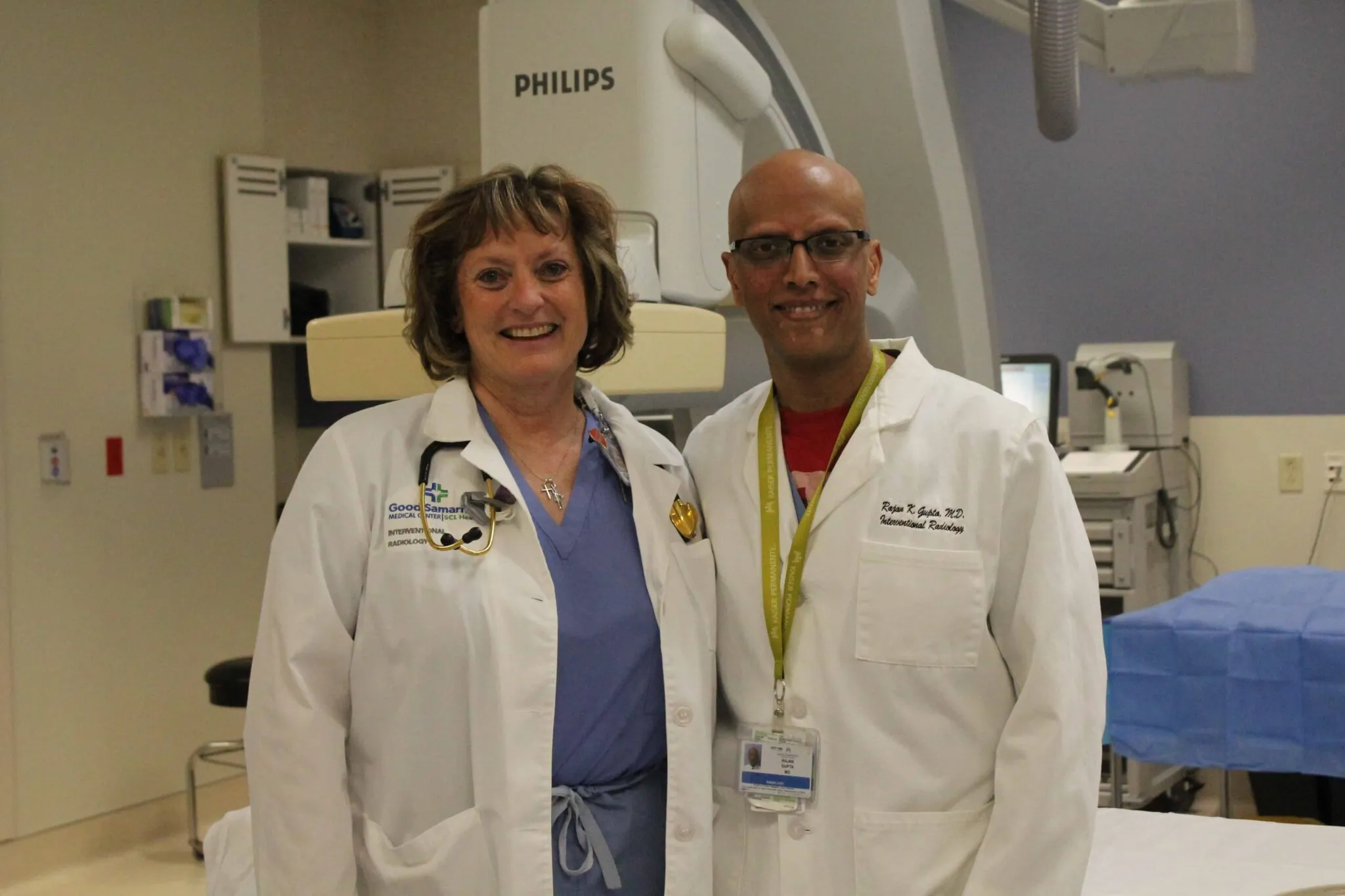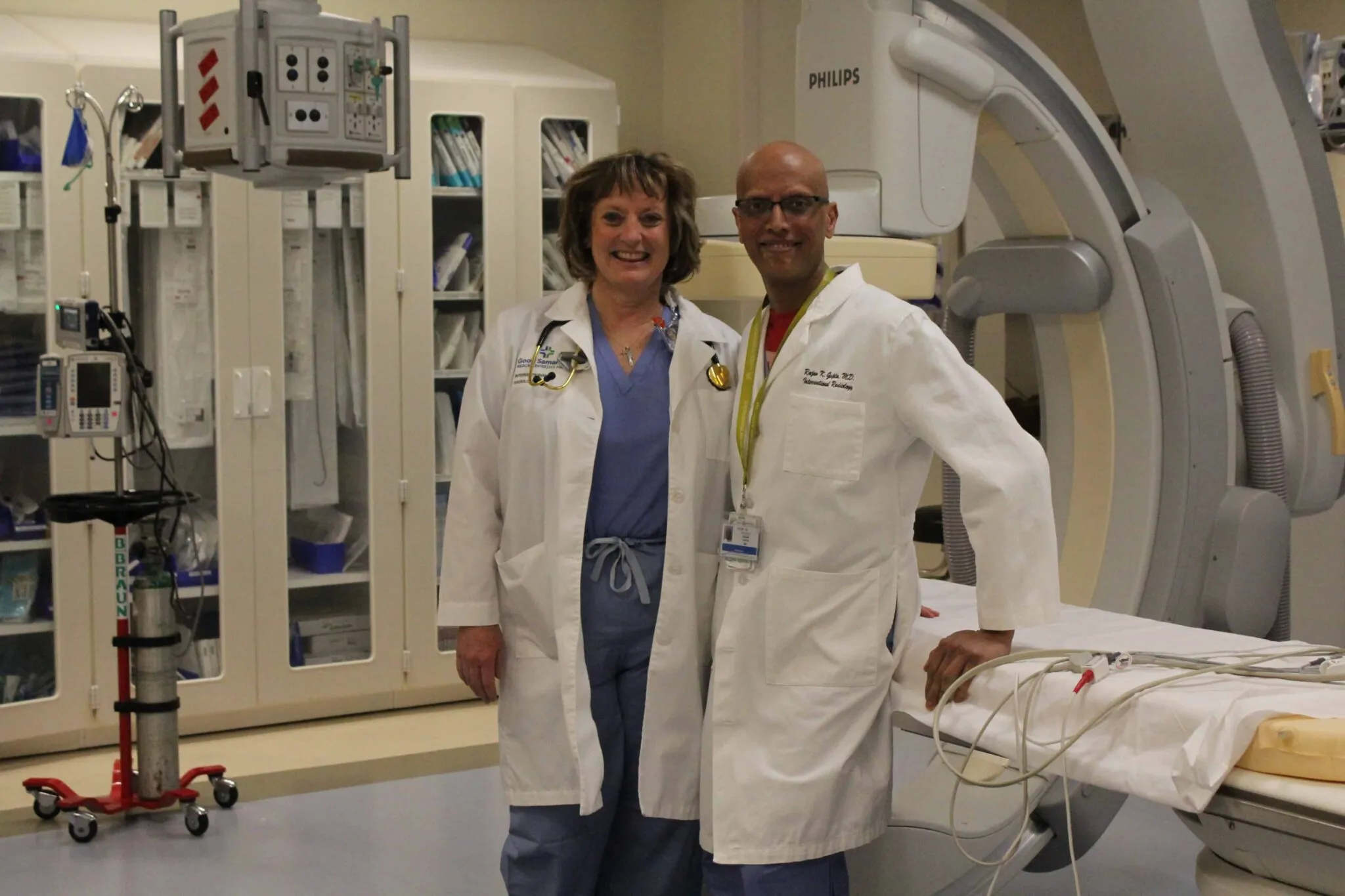Good Sam treatment targets liver cancer


LAFAYETTE — In January, Good Samaritan Medical Center completed its first procedure that uses a specific type of high level radiation to treat a patient with colorectal cancer that has spread to the liver.
The radioembolization procedure delivers…
THIS ARTICLE IS FOR SUBSCRIBERS ONLY
Continue reading for less than $3 per week!
Get a month of award-winning local business news, trends and insights
Access award-winning content today!
Already have a paid subscription?
